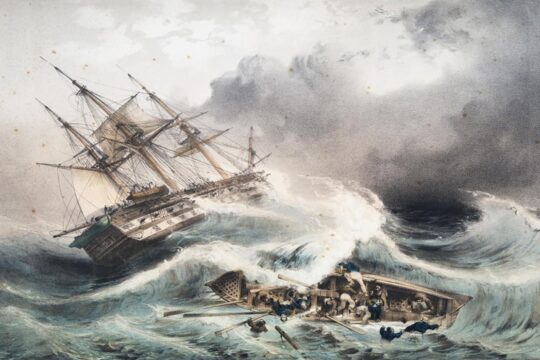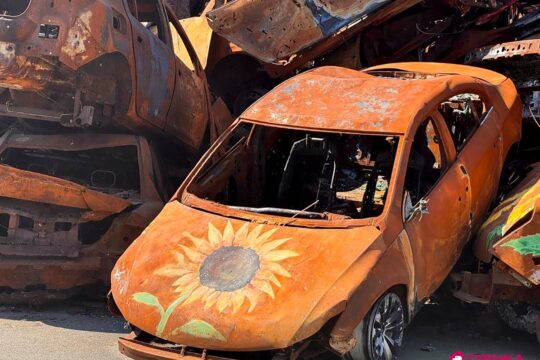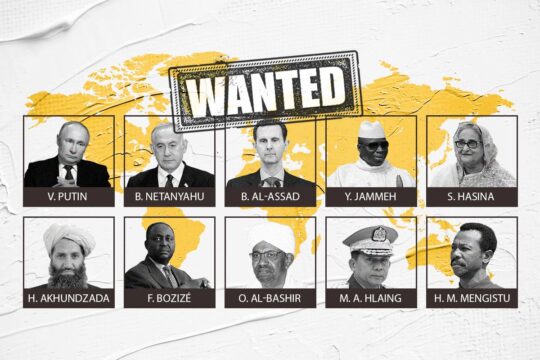PORTFOLIO - Children's drawings and mass violence.
These drawn testimonies, free from the filter of adult judgment, seem to wipe away the hierarchy of wars and of time. They document mass violence with an almost forensic fidelity. The exhibition “Déflagrations", just closed in Fort Saint-Jean of Marseille, Southern France, only showed "a tiny constellation of just over 150 drawings spanning a century" says its curator Zérane S. Girardeau. "Scenes of looting, murder, desecration, are as if written on the retinas of children,” continues Girardeau, who started to collect them methodically in 2012 with her association. These drawings, she says, allow us to look the unspeakable in the face, "to enter the scene and approach the intimate experience of the worst violence". In this portfolio, Justice Info reproduces a selection of ten drawings presented in this exhibition organised by the Mucem.
« Dessins d’enfants et violences de masse »
The exhibition catalogue is available in French online on the Mucem website and in bookstores (France).
*Yusra Ahmed, Palestinian, Bak’a camp, Jordan. In M.Soudi’s “Times of war: testimonies of children”, 1970.





